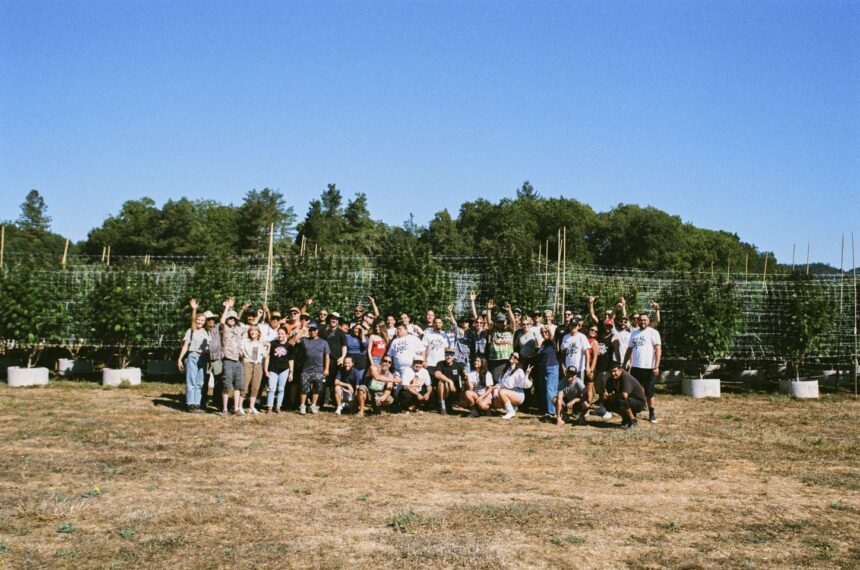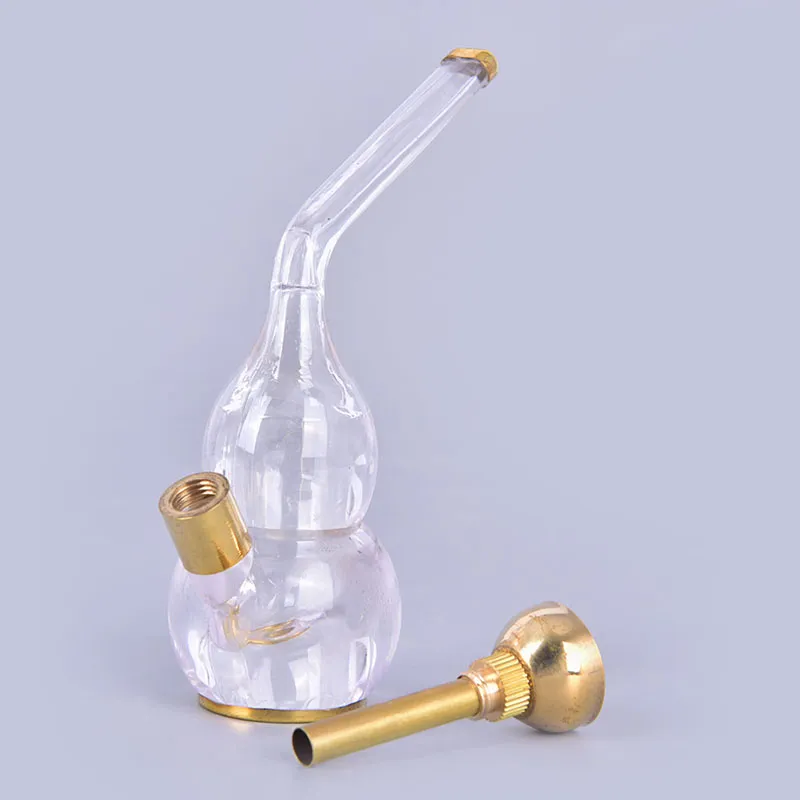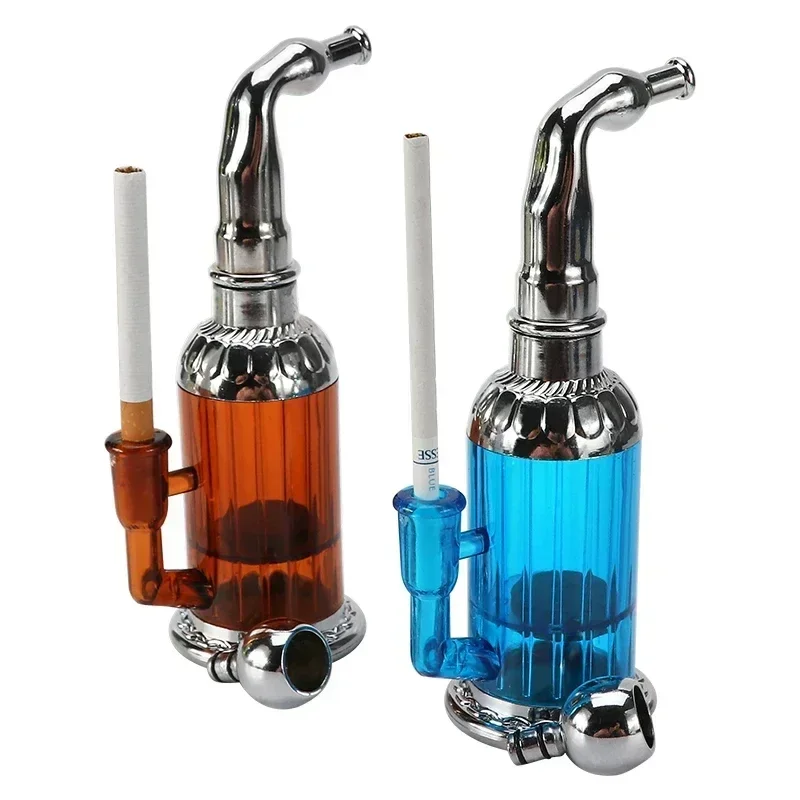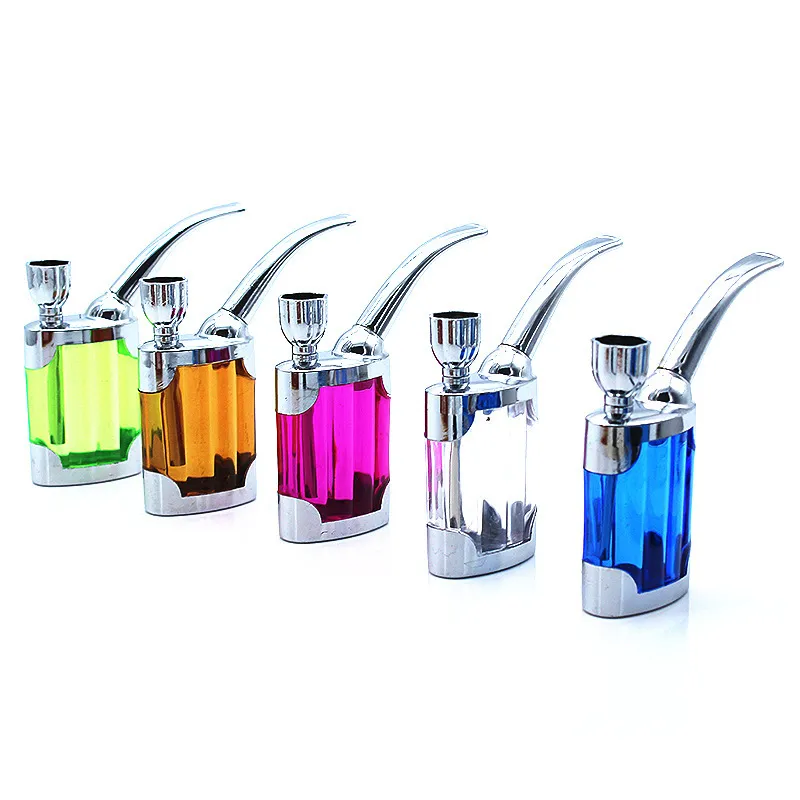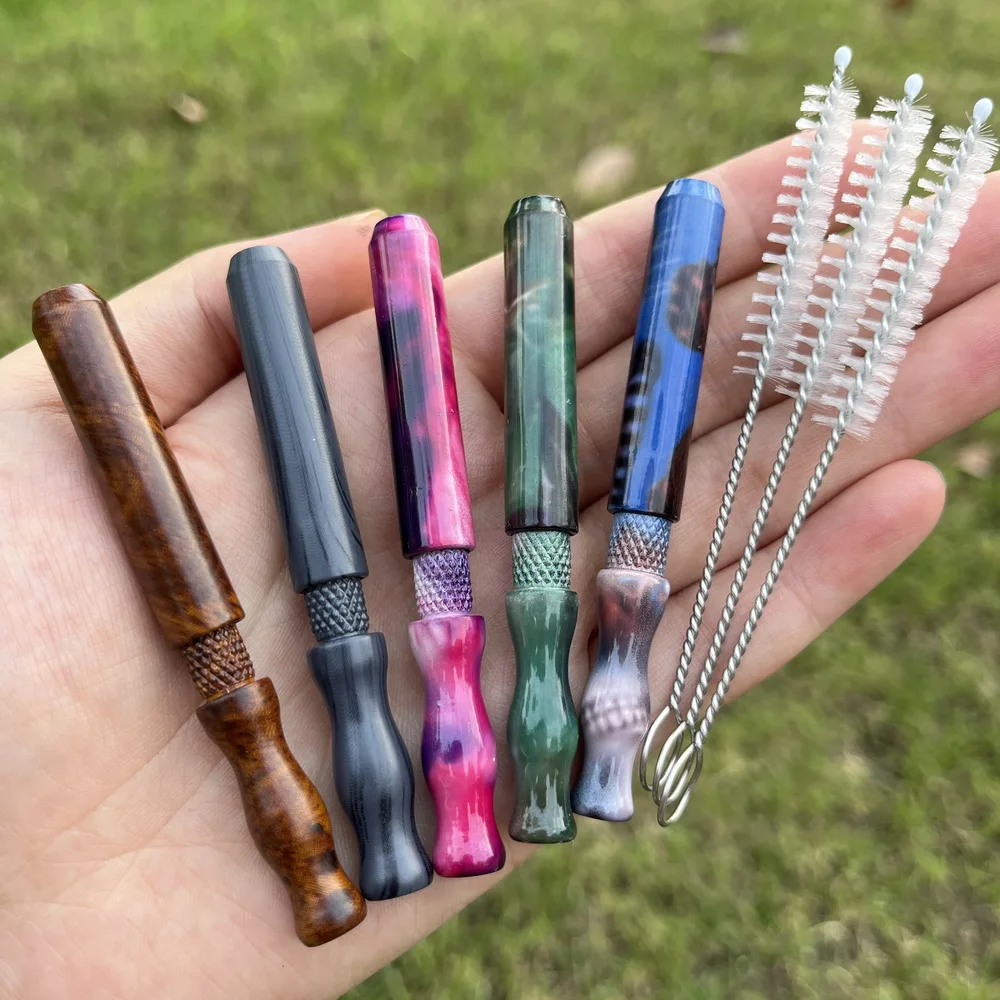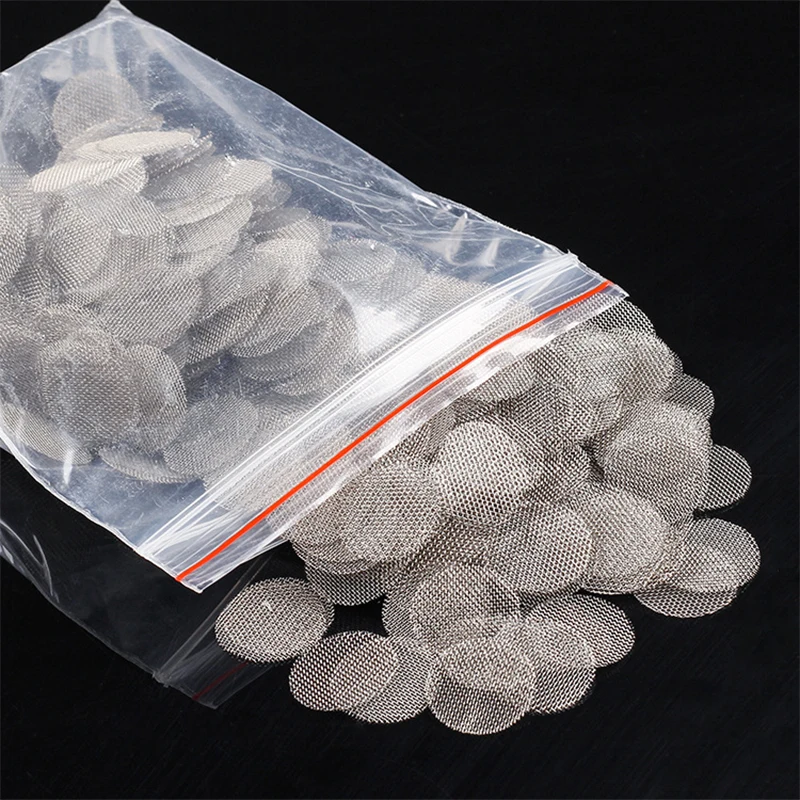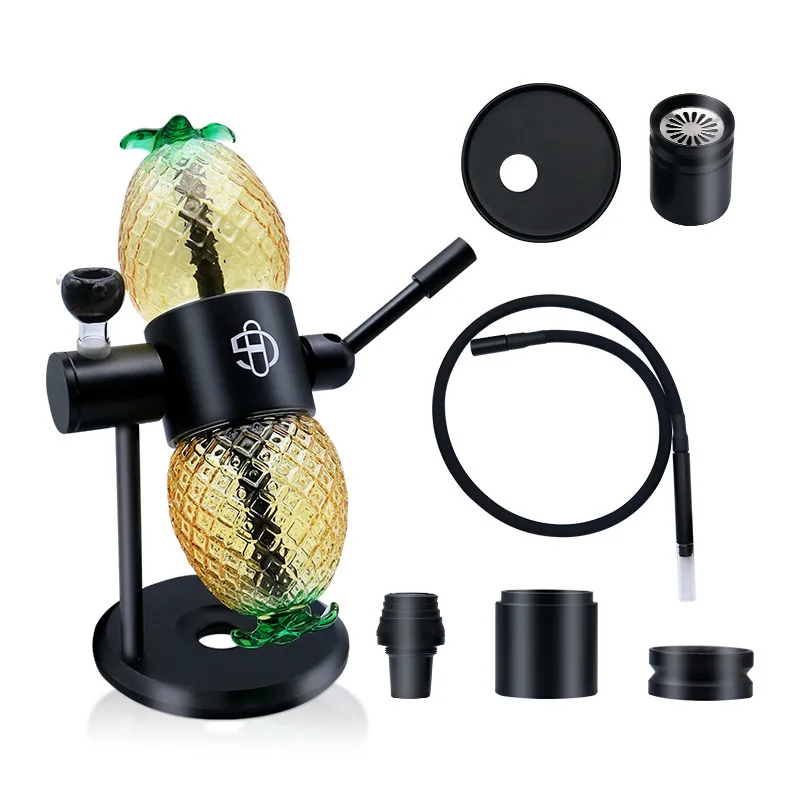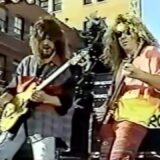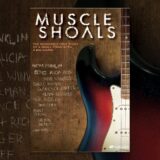It’s a blazing hot 92-degree (33°C) day at the Casa Flor farm in Willits, California, and the first attribute of the towering cannabis plants that I take in is their ability to shade me from the sun. Two days after the autumnal equinox, the coolest place to be is down in the dirt among the stalks, listening to the drip of the irrigation. I’m part of a fact-finding tour to discover the world’s best weed, an annual expedition hosted by the Humboldt Seed Company.
The mission for myself and the international group I’ve joined is to gather data on which cannabis plants look, smell, and produce best. By the end of my journey, I will have traveled nearly 500 miles, driving through Northern California towns shaped by lumber mills and the fortunes made by dredging things out of the earth in mines. And, in the end, I will have joined an exclusive group—pot prospectors of the modern era, searching for something almost as precious as gold: hash.
At the close of each outdoor cannabis season, Humboldt Seed Company hosts a tour that takes visitors to the farms they work with to show the methodical and time-consuming work that goes into creating new types of cannabis and selling seeds. Cannabis plants are rare among flowering plants in that they don’t reproduce in one form; male plants have pollen sacs, and female plants have the flowers we smoke.
Cannabis gains traits from both sides of its lineage, male and female, and just like with sisters who share the same parents, the genetic results of a coupling are similar, but not identical. Creating cannabis in seed form means growing out and inspecting different phenotypes, or versions, of the same cross, picking the best one, and then stabilizing the genetics through generations.
There are nearly 1,000 outdoor plants to potentially assess at Casa Flor, and it’s only one leg of a multi-week adventure tour of cannabis grows. To make matters more complicated, the Northern California-based seed company has added a subtitle to this year’s end-of-summer bud blockbuster—Humboldt Seed Company’s 2025 Phenohunt: The Hunt for Washers.
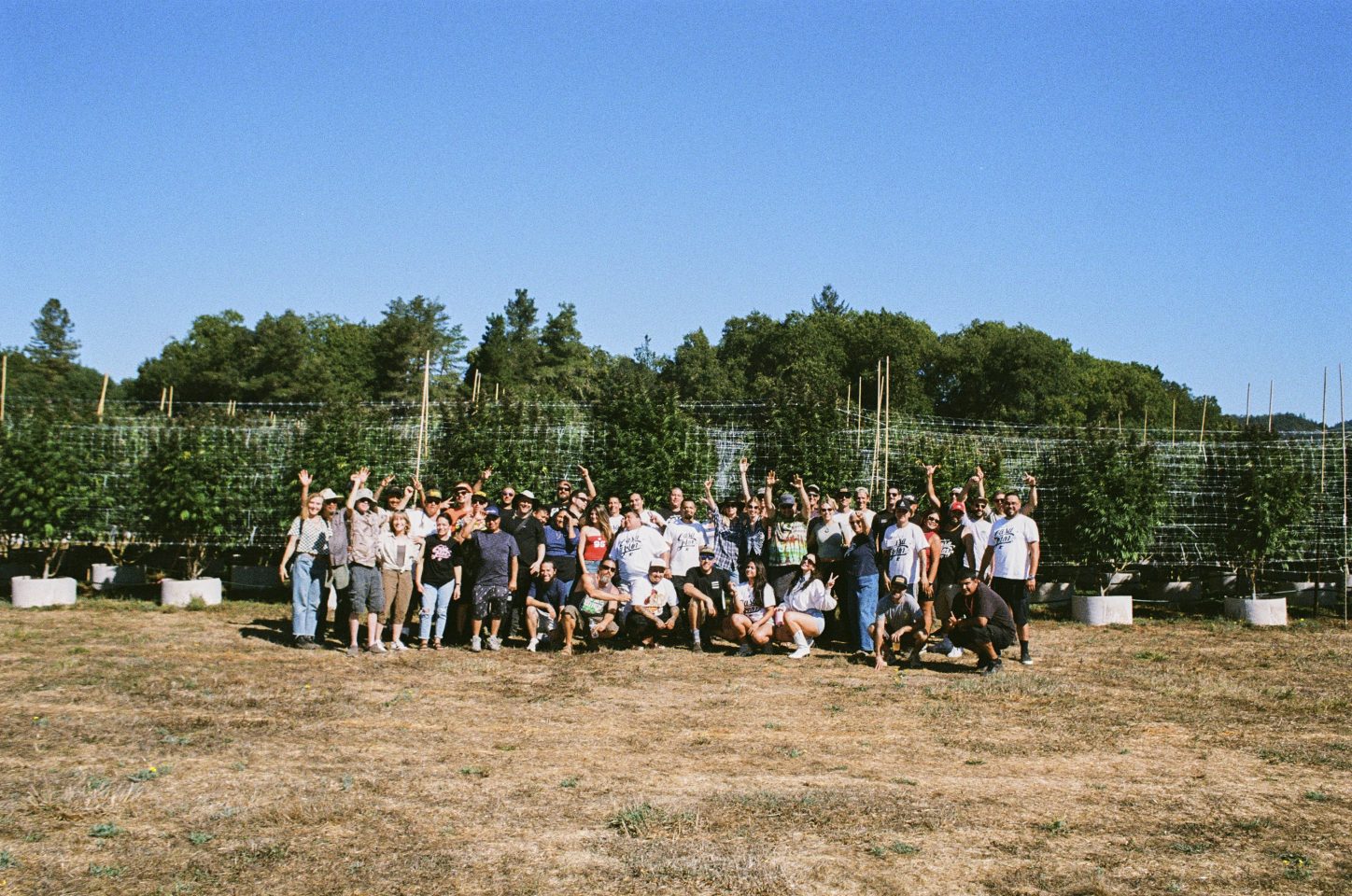
In the weed world, a “washer” is a plant that shows a good propensity for yielding hash. A highlight of this year’s phenohunt is learning the homespun process of shaking fresh cannabis flowers in water and ice to test different phenotypes for their hash production while we’re still in the field.
Soon after smoking a blunt rolled with a phenotype of Whitethorn Rose by Bleezy—one half of the cannabis-focused rap group Mendo Dope—I’m looking at the wash results of a new form of Whitethorn Rose, Whitethorn Rose x Special G. The particles at the bottom of the jar look like magenta sand. The pigment alone—anthrocyains—makes this one potentially valuable for hash makers, says Ben Lind, chief science officer and Humboldt Seed Company co-founder.
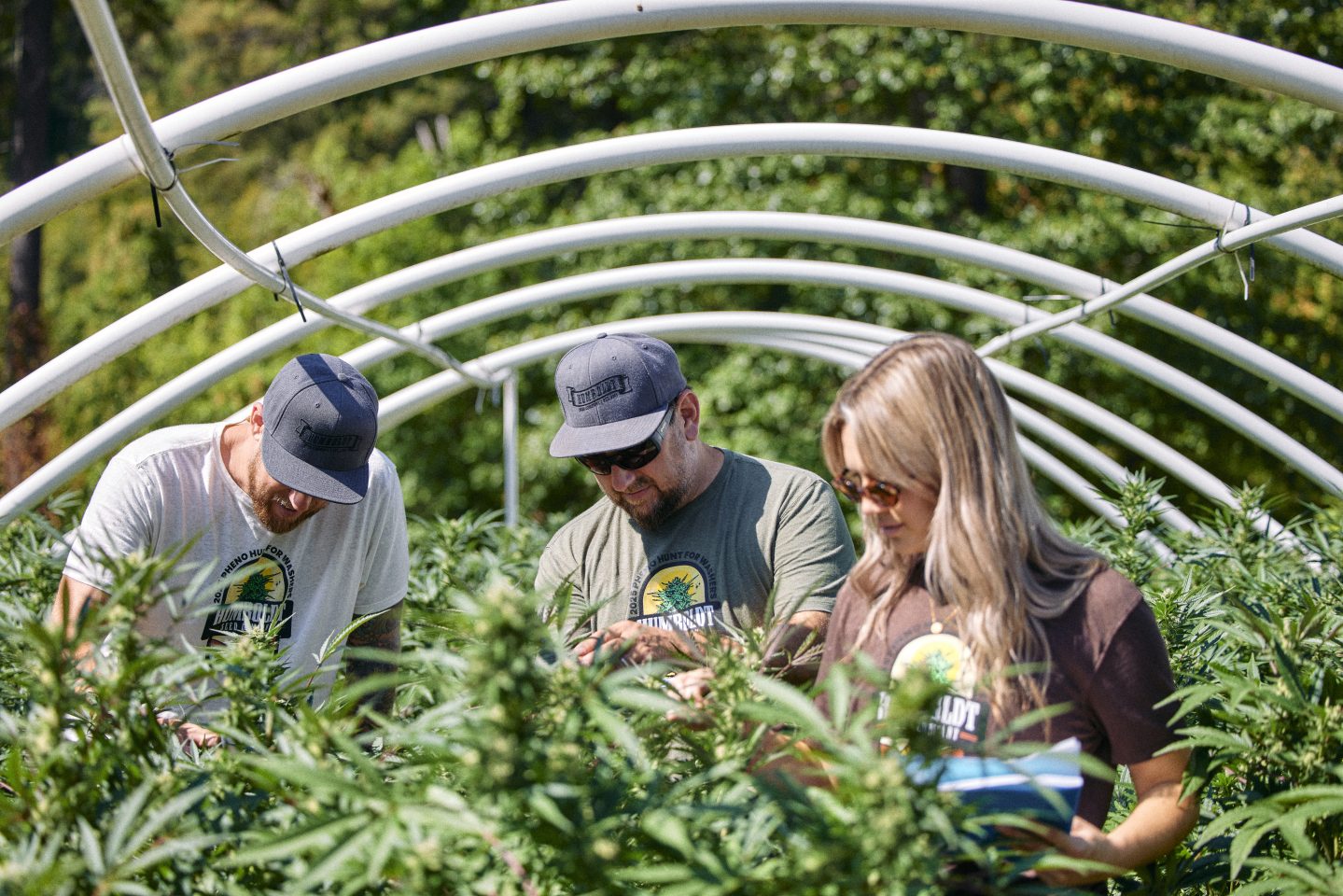
All Aboard!
My participation in this year’s phenohunt inexplicably begins at the junction of the Skunk Train in Willits. In 1885, the Fort Bragg Railroad was established to transport timber from Mendocino County to the coast. Eventually becoming the California Western Railroad, the train cars took passengers to various logging camps along the Redwood Route and adopted gasoline-powered engines, which released pungent odors and gave the train its name. Today, the Skunk Train is the main tourist attraction in Willits, which is about a two-and-a-half-hour drive north of San Francisco.

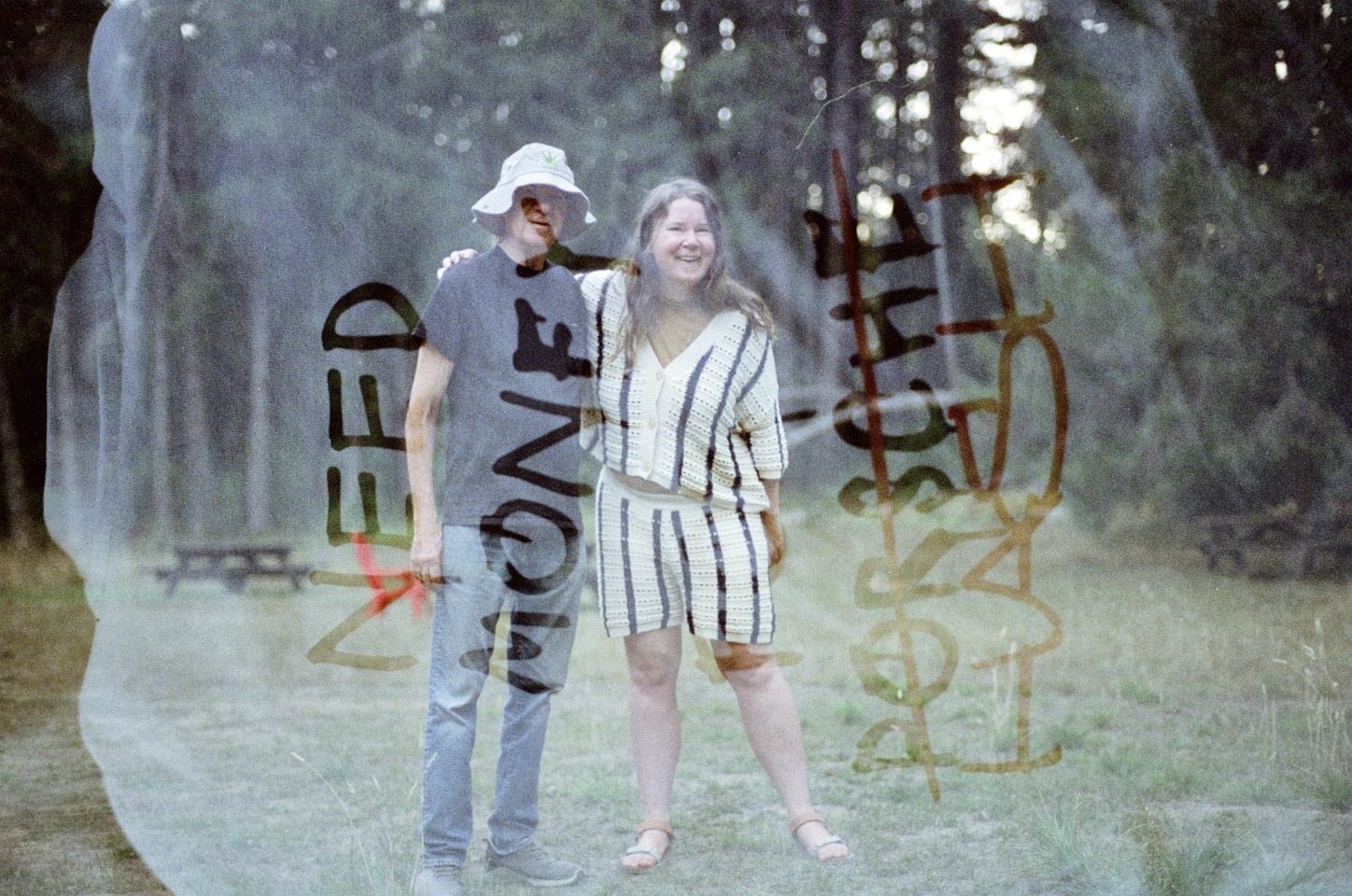

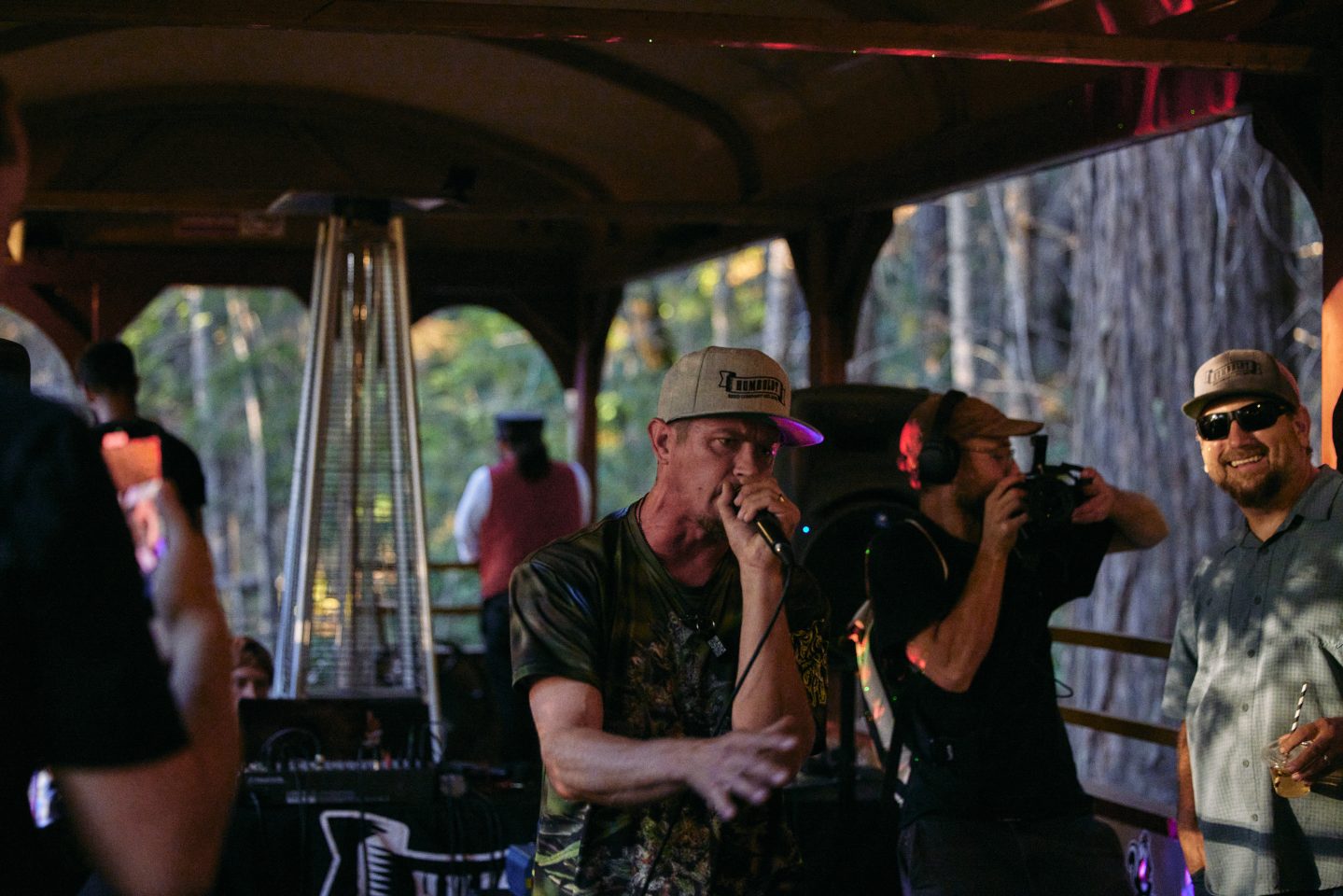

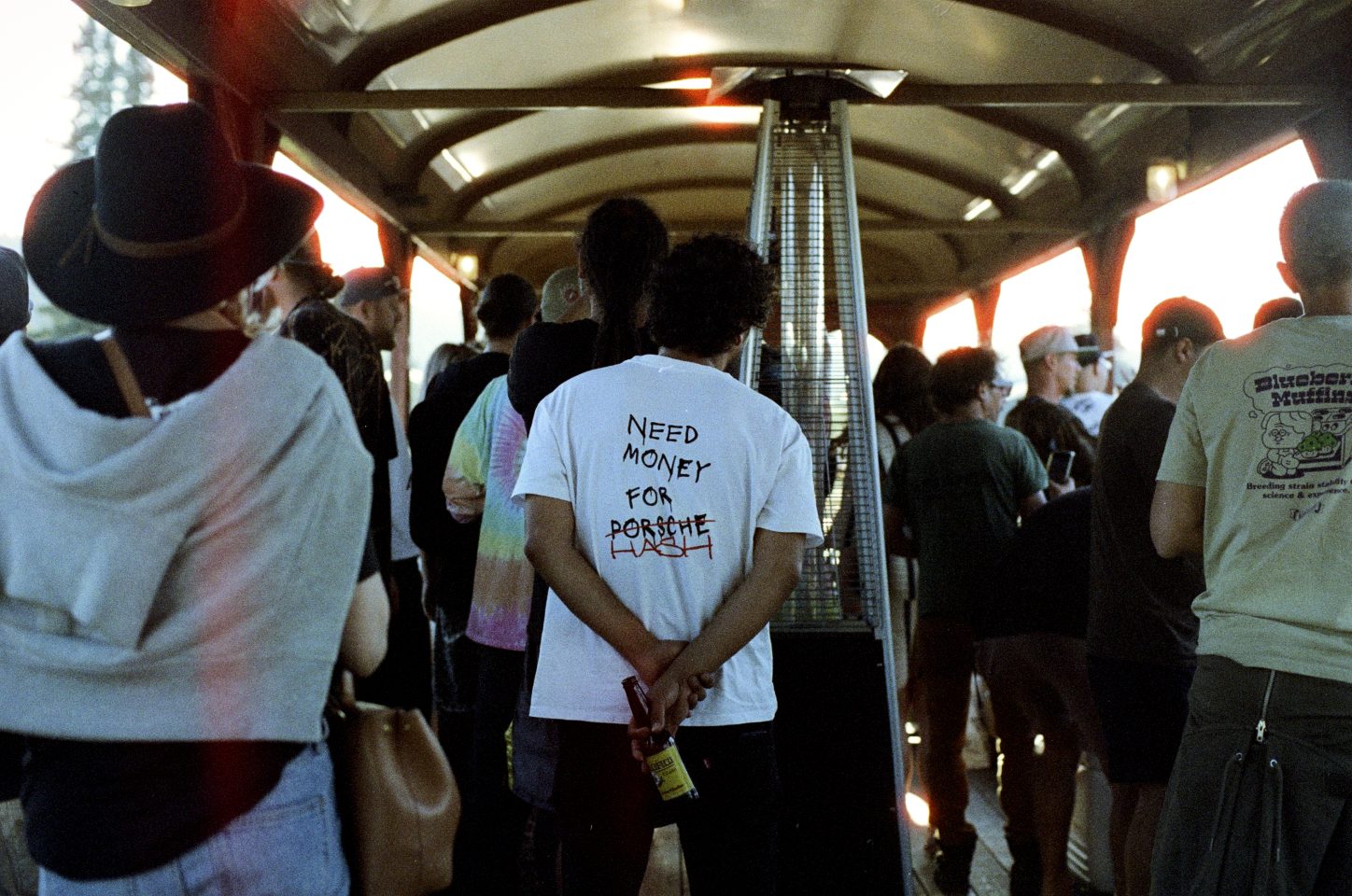
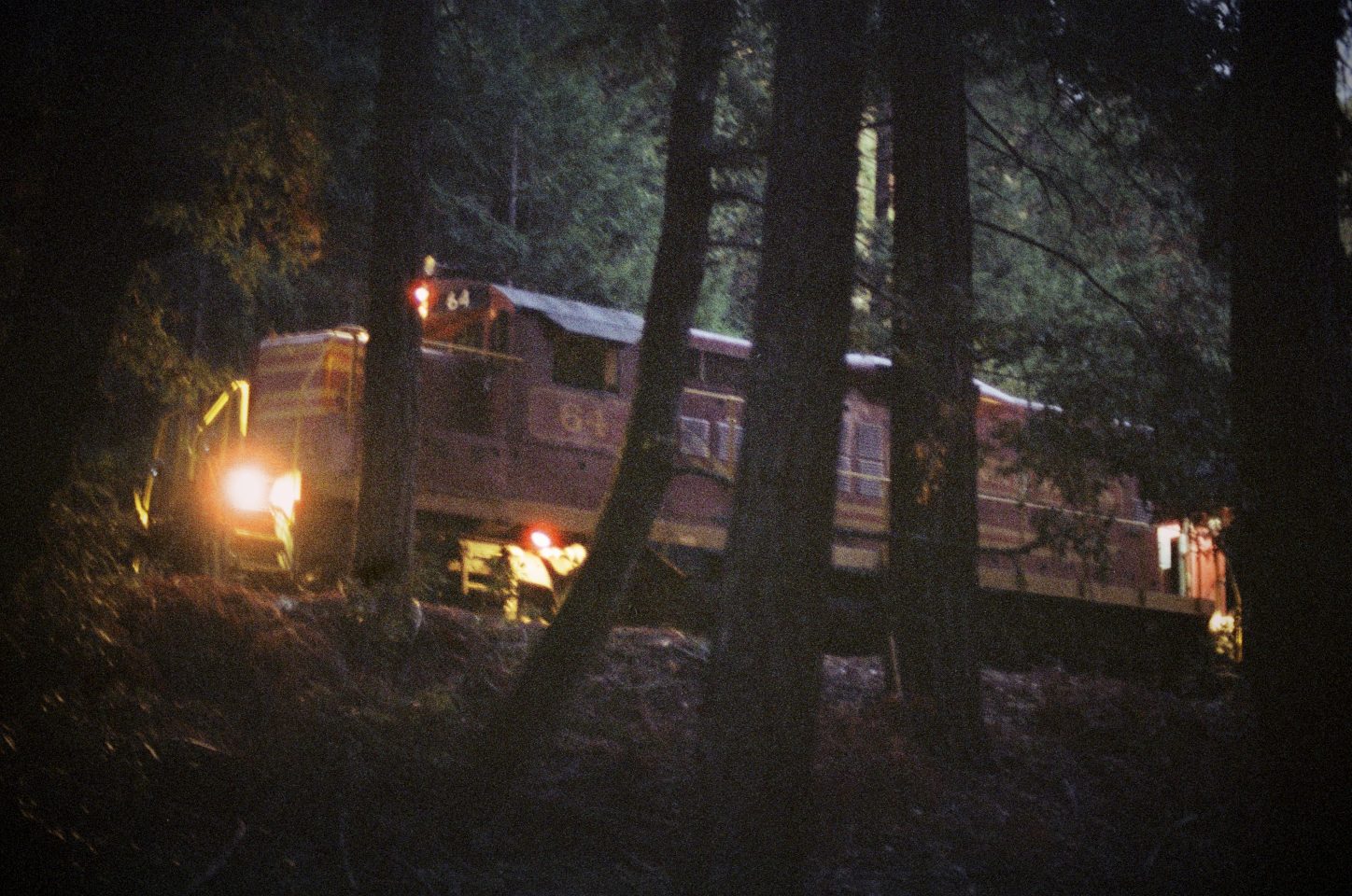
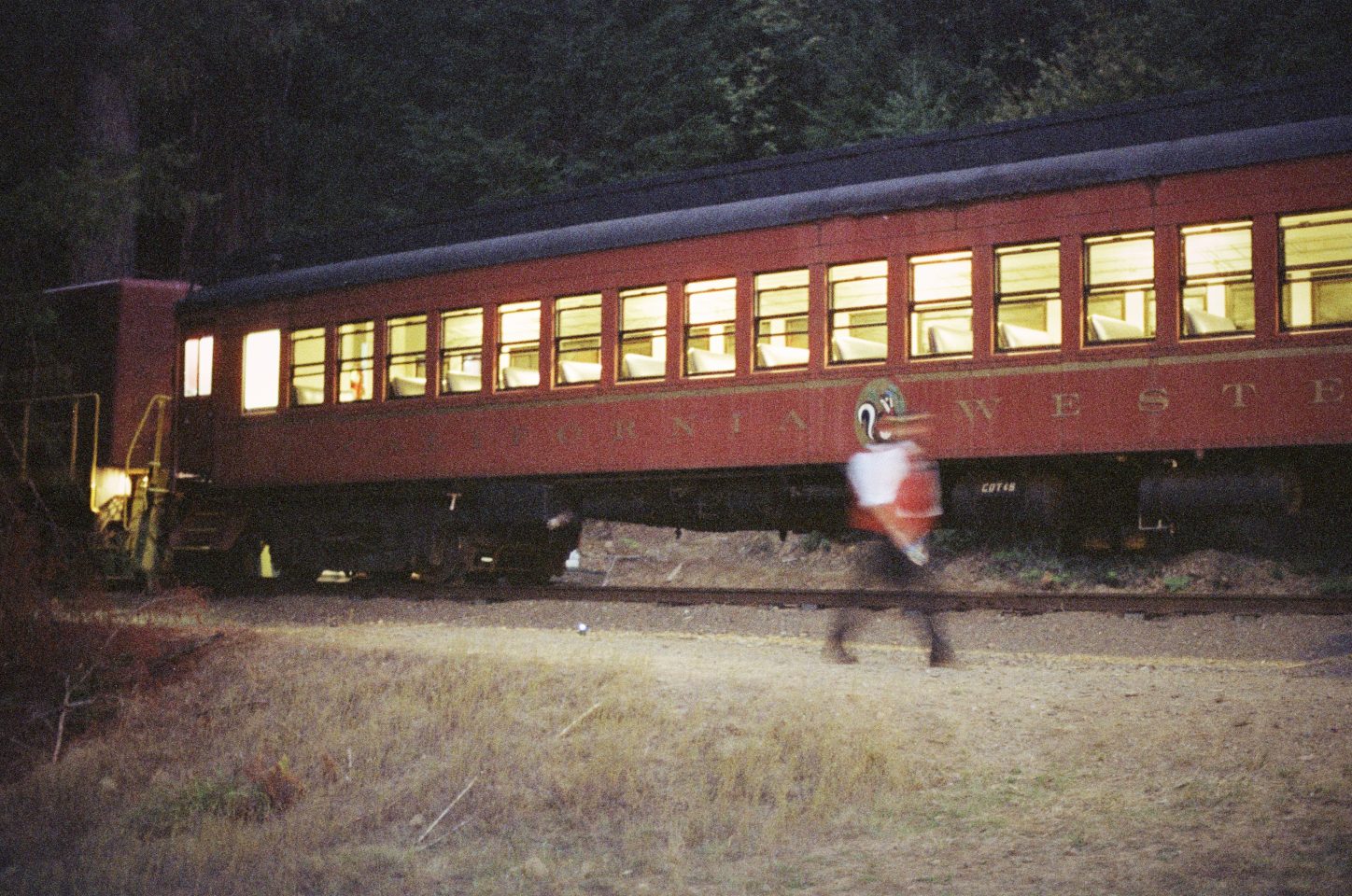
I make the drive to Willits after being jolted awake that morning by a magnitude 4.3 earthquake centered in Berkeley, California, miles from where I live. The shaking of the earth comes on the day of the autumnal equinox, which marks the astronomical start of fall.
When I arrive at the Skunk Train, I join fellow passengers from different countries: Uruguay, Chile, Colombia, Germany, Spain, and the Czech Republic. We eat fry bread tacos in the parking lot before boarding the train. Once we’re on board, the conductor gives us a stern warning: no smoking weed on the Skunk Train as it’s regulated by the Federal Department of Transportation. Not to be dissuaded—it’s a Monday and we came to party!—the train has been equipped with party lights and a DJ booth. Mendo Dope performs as we travel through the town, a tunnel, and into the forest, eventually stopping at a logging camp where we disembark. The stop is our group’s opportunity to get really high, and we sit around wooden picnic tables smoking a buffet of hash made from cannabis strains which have been bred by the Humboldt Seed Company, including Hella Jelly, Papaya Pancakes, and the appropriately gassy California Sour Diesel.
The Skunk Train excursion is an epic party, but it makes sense as part of the phenohunt in the context of Lind’s past. From the ages of 17 to 29, he rode the rails to all the contiguous states in the country. Eventually, Lind settled in Smartsville, California, which will be my last stop on the 2025 phenohunt train two days later.
Trichome Hunting
In the morning, before we head to Casa Flor, I smoke a joint with Simón Espinosa, a journalist from Chile who founded his own media platform, En Volá.
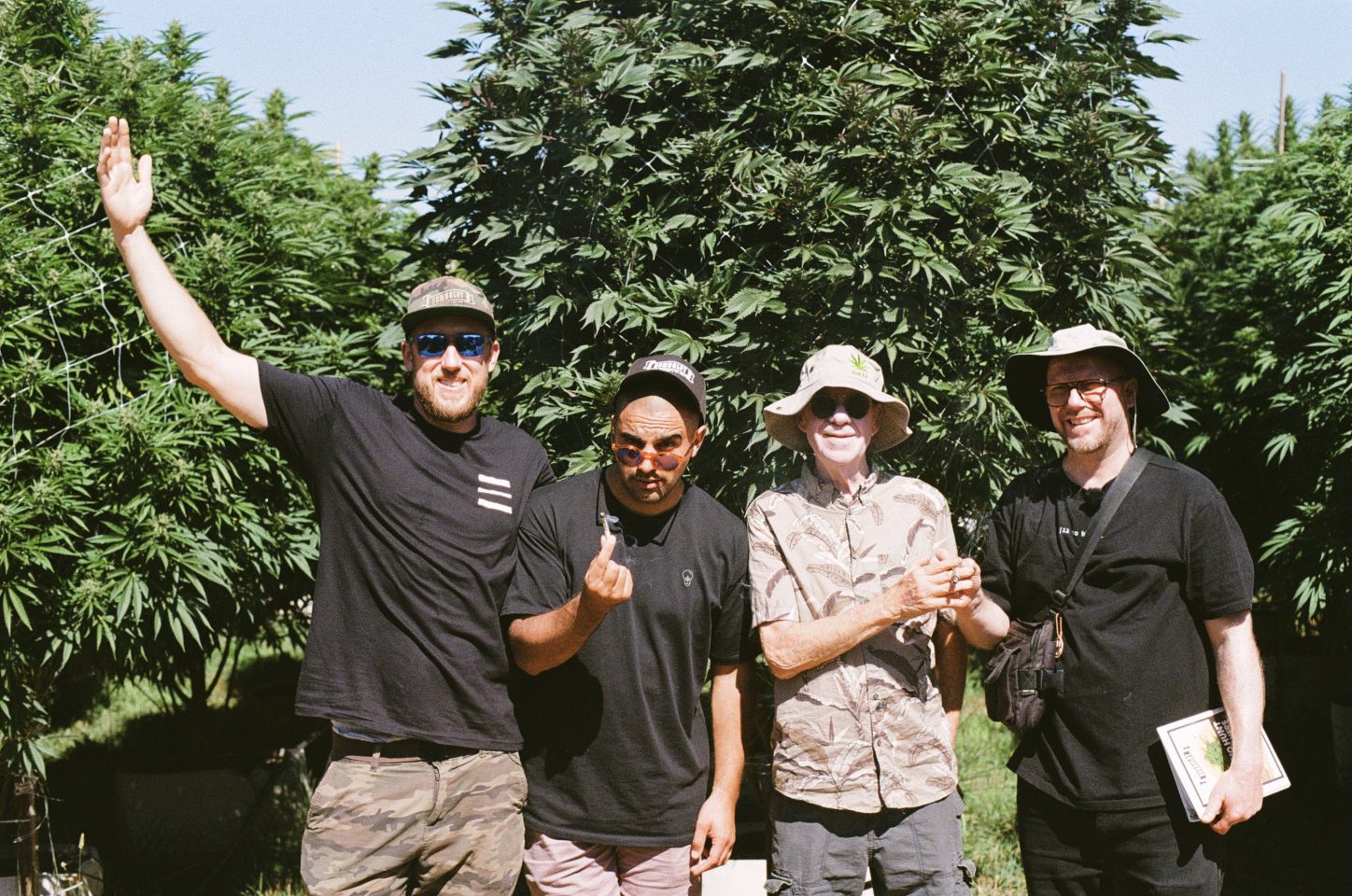
“I want to learn what a phenohunt is,” Espinosa says when asked what he’s looking forward to in terms of taking part in the trip. “I mean, I know theoretically, but I’ve never done it properly, so this is my first experience doing that. And also from a foreigner perspective, the story of the Emerald Triangle itself is something very, very interesting and appealing for me, and I hope for the community.”
Espinosa is taking part in the whole phenohunt along with his brother and En Volá collaborator, Pascual Espinosa.
“When it comes to hash, you’re not phenohunting, you’re trichome hunting,” Simón Espinosa says. “You’re basically looking at trichomes, and the shape of the phenotype doesn’t matter anymore.”
The resinous, sticky substance on cannabis flowers is composed of tiny hairs topped by crystalline glands. These glands, also known as trichomes, contain the potent aromatic and flavorful chemical properties of cannabis and are hydrophobic, meaning they do not mix with water.
The phenohunt involves using a microscopic loupe to closely examine trichomes on the flowers. When searching for gold back in 1849, the miners involved in the California Gold Rush used loupes to assess the luster and quality of the gold nuggets they’d find through panning, a process that involved using water to agitate gravel and sand in a pan to allow the heavier gold particles to settle to the bottom. On the Humboldt Seed Company tour, we’re using water and ice in jars to separate and isolate trichome heads to see if the flowers are “washers,” meaning that they have a high yield of trichomes and are good hash producers. According to Lind, cannabis flowers that yield anywhere from 3 to 9% of their wet flower weight in hash are appealing to hashmakers. Lind explains that in the California market, fresh frozen flowers sell at $80 a pound at the high end. The same amount of dried and cured flowers could sell for $250, but with the associated costs to trim and store, the total cost ends up being about the same.
“Here at Casa Flor, we have three categories of strain development,” says Sal Robles, who works on strain development at the family-owned and operated brand. “One is going to be your BHO extraction, which is going to be like your live resin and diamonds and badders and stuff. And then the second category would be solventless, which is going to be like your hash and rosin. And the third category that we bred for here is for flower.”
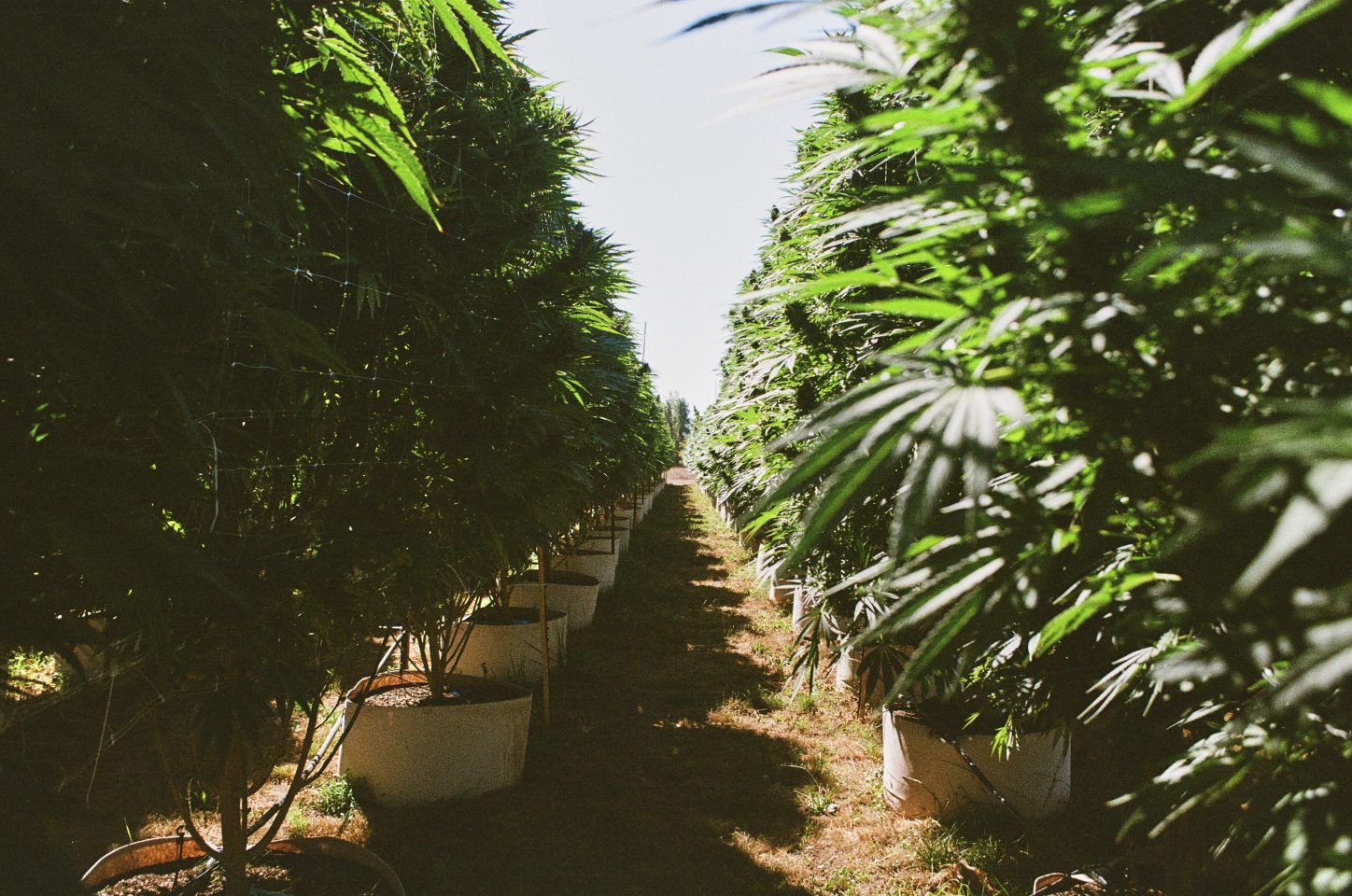
As part of the data we’re collecting, the group is looking at strains that have been bred by Humboldt Seed Company, but also Casa Flor’s own projects, including crosses of Whitethorn Rose, which was bred by Johnny Casali at Huckleberry Hill Farms. I walk along a row of different Whitethorn Rose x Flight 23 crosses with Casali and ask him what he likes about a particular phenotype that stands out to him.
“The first thing that attracted me to it was the smell, I think that’s the bag appeal,” Casali says. “But then, it does feel really gritty, and it does remind me of a lot of the characteristics that the Whitethorn Rose has in it, and would lead me to believe maybe it’s a good washer for hash. Visually, the velvet purple color is very attractive, and the spacing between flowers, I think, is just symmetrically really nice. It just looks like a really nice and easy plant to grow, and until we test it, we won’t know if it’s a winner or a giveaway.”
Waterfalls of Hash in the Sky
To visually inspect how a phenotype might wash, we’re testing plants while we’re still in the field. After gathering an equal weight of flowers, 15 grams, we let them sit for five minutes in the jars of ice and water to cool down.
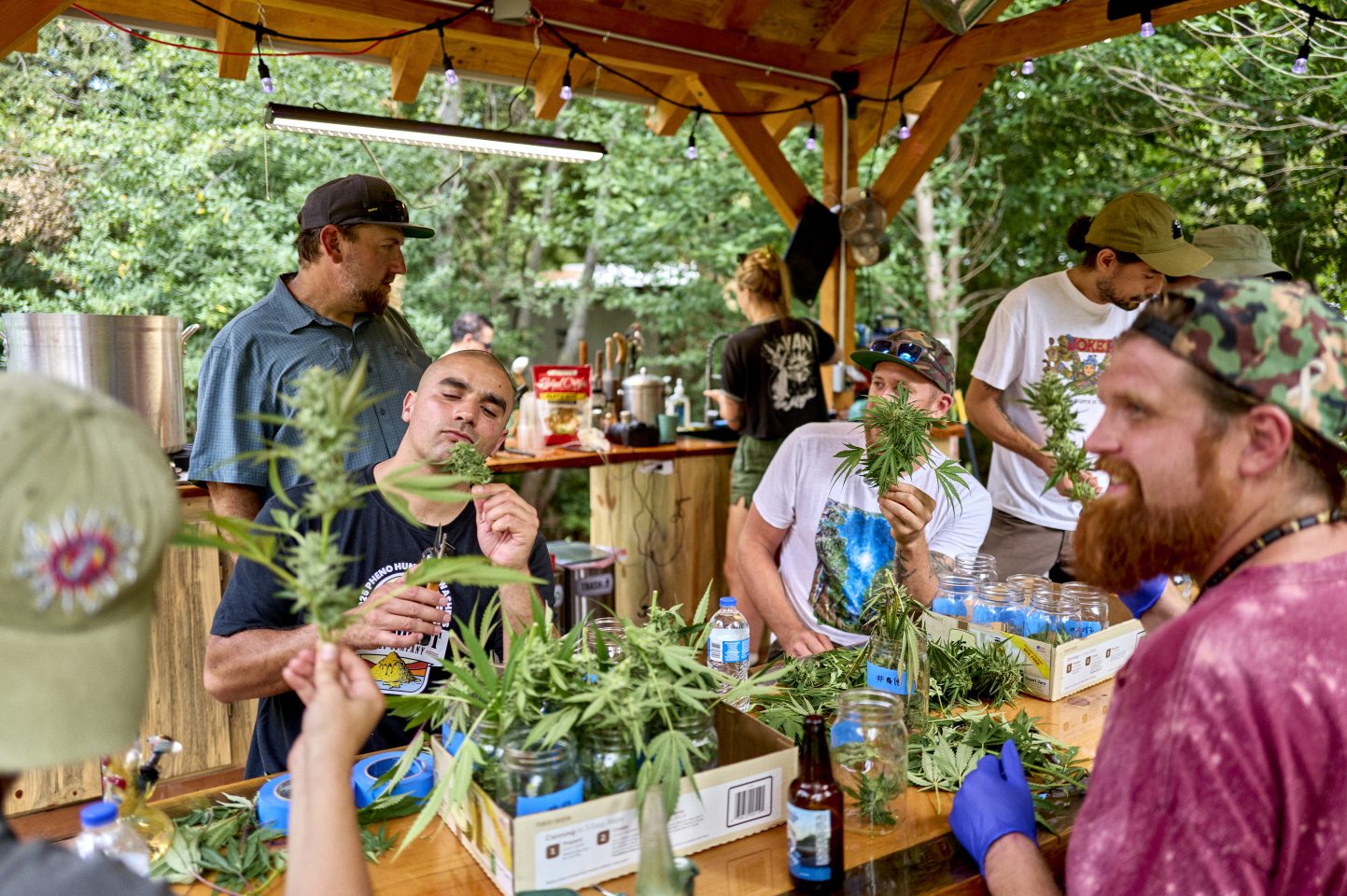
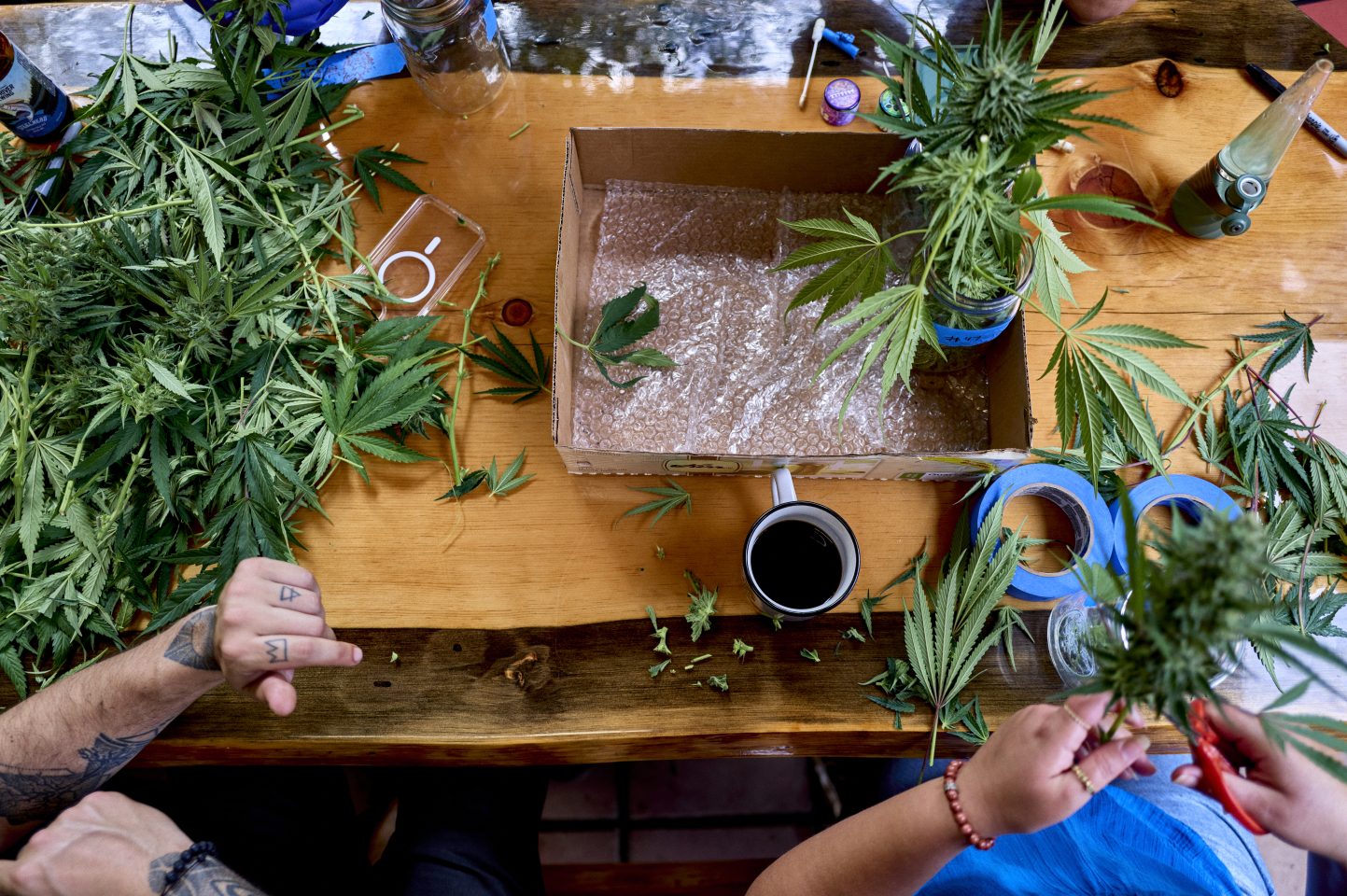
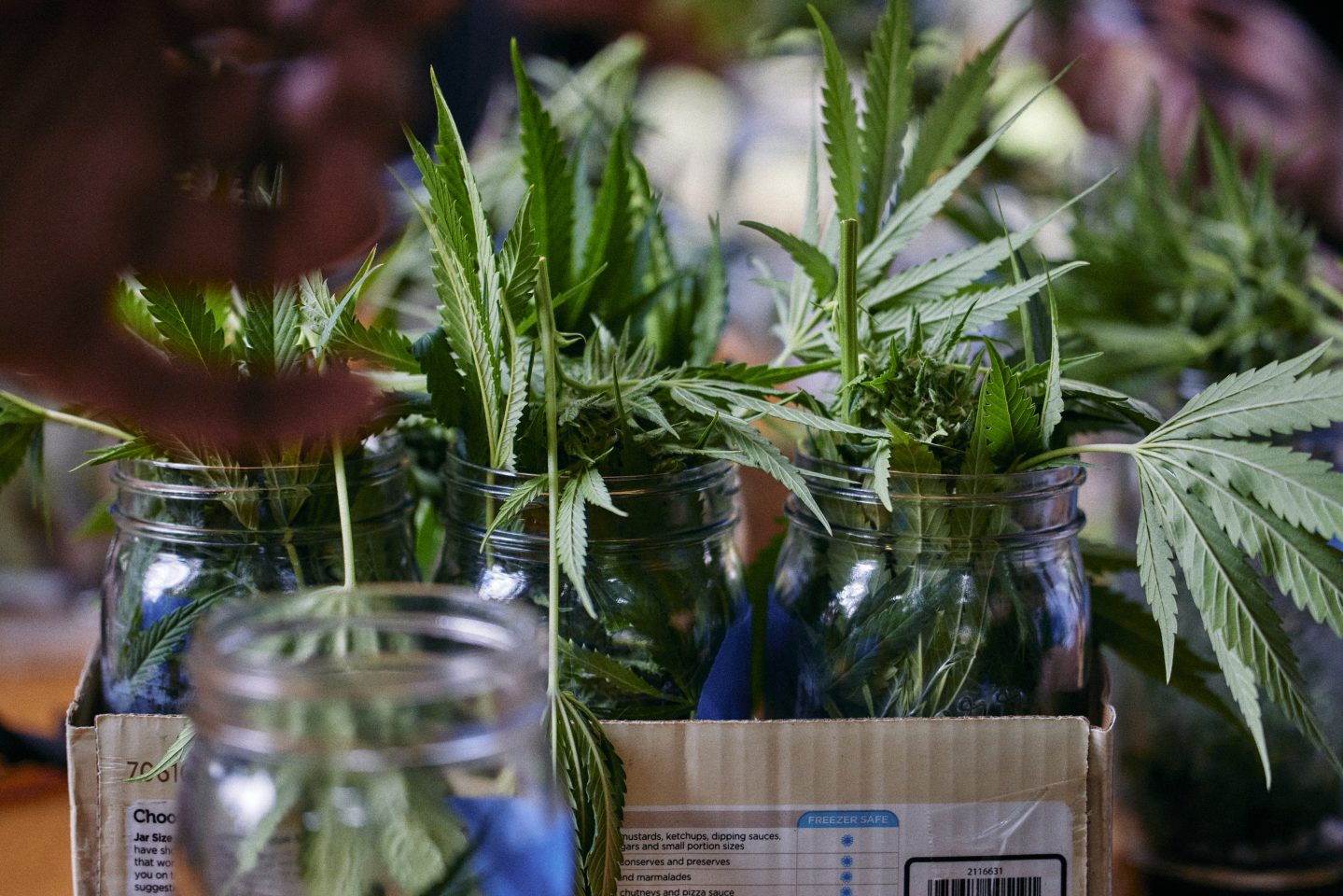
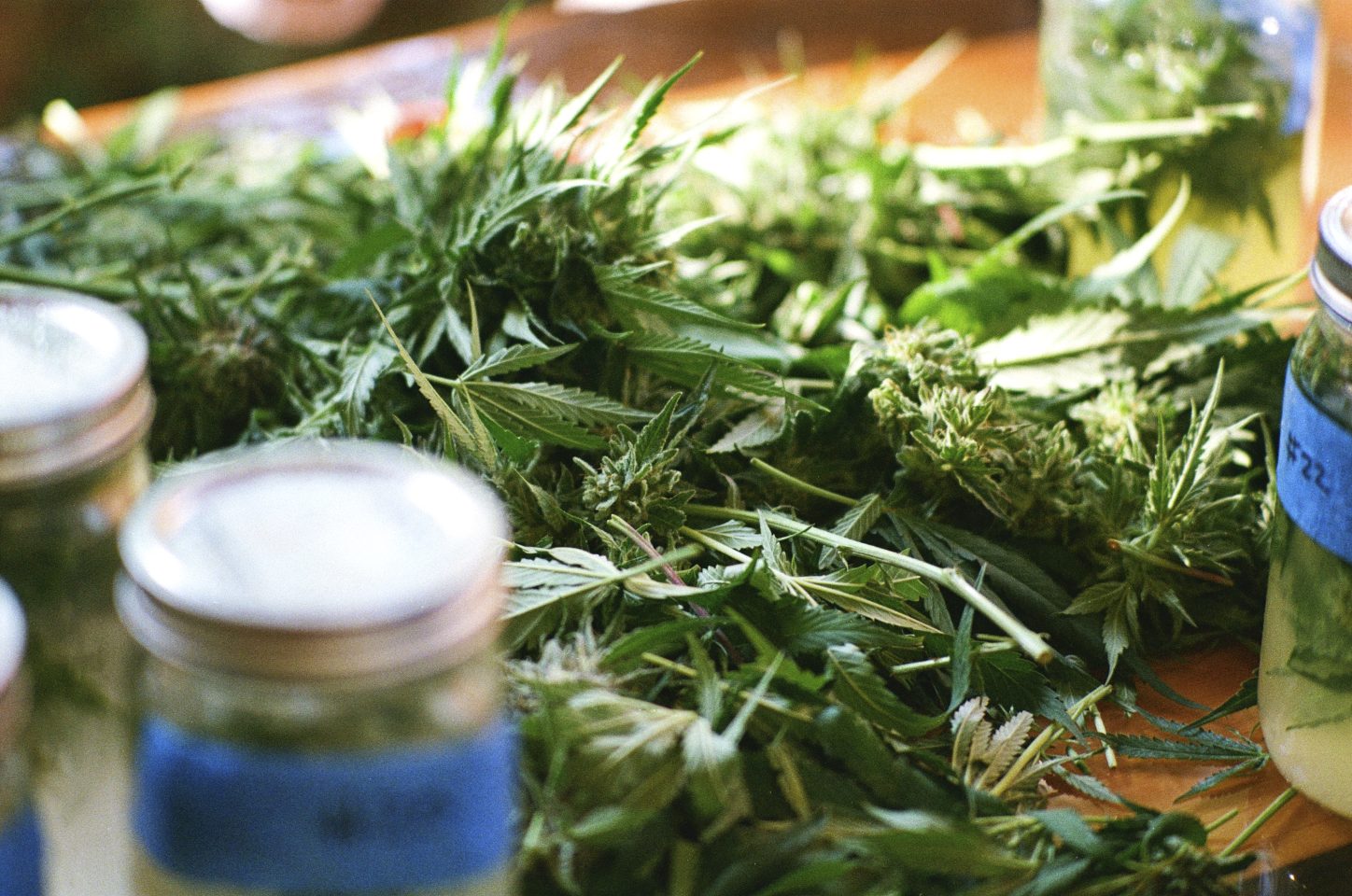
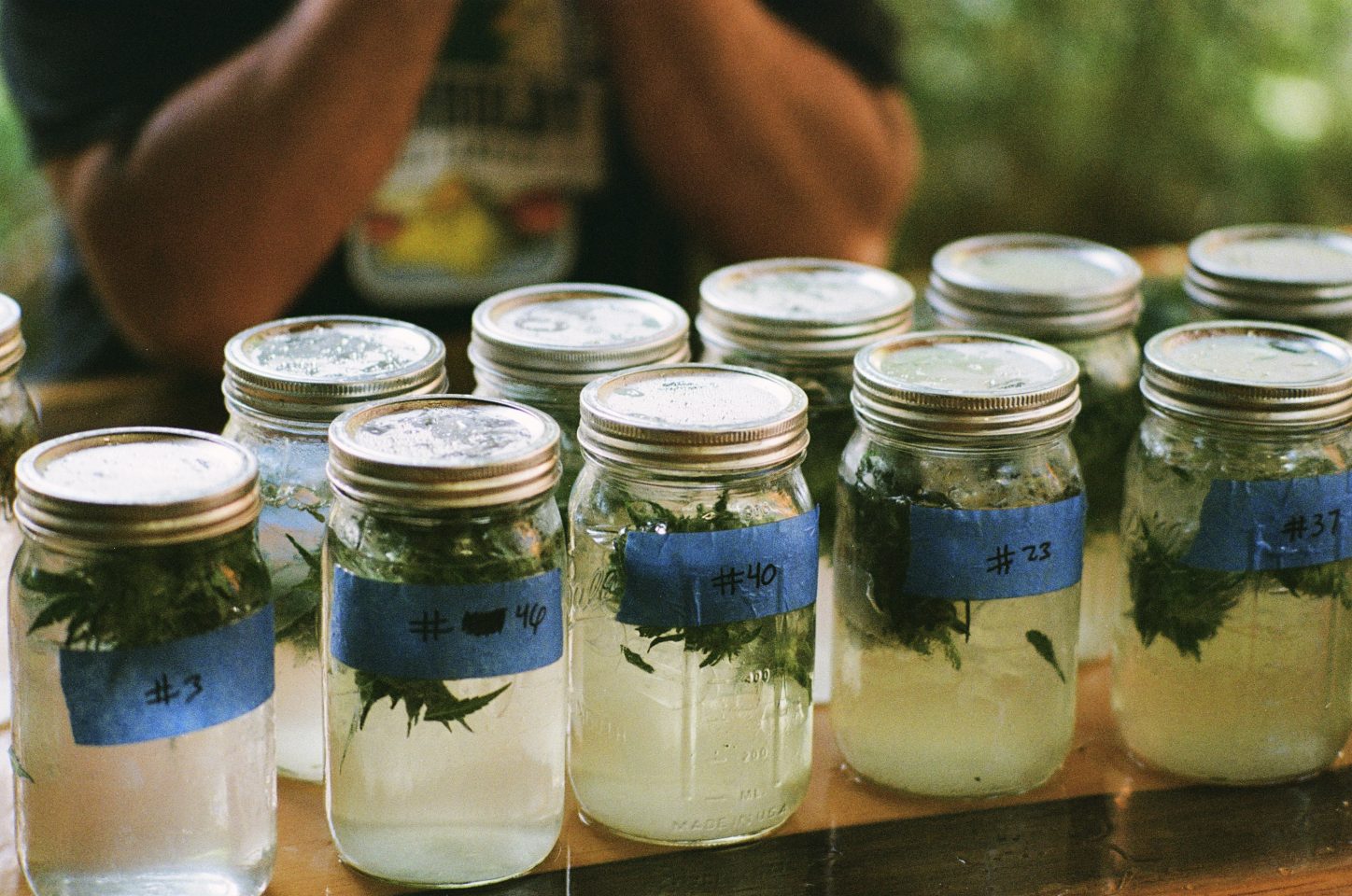
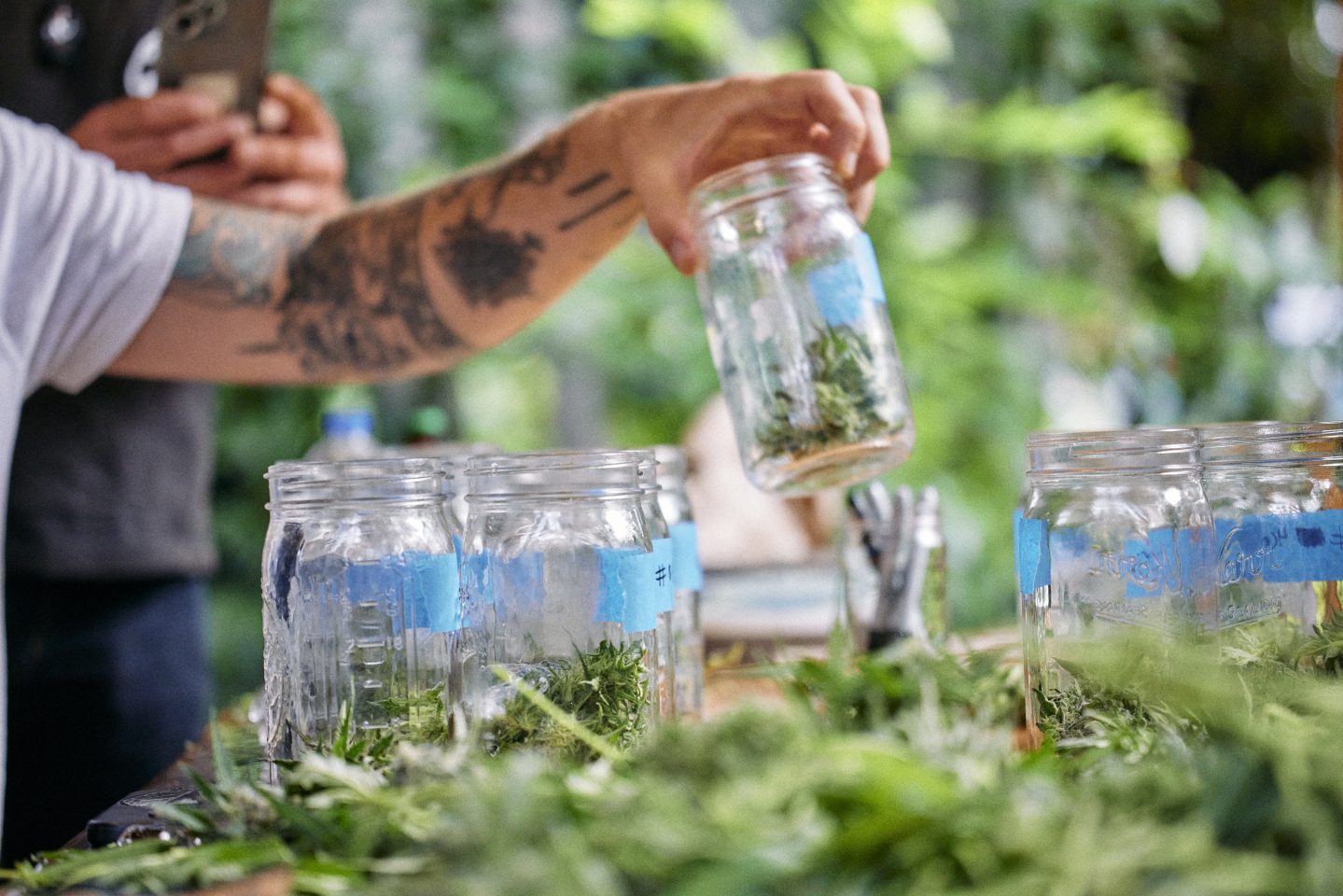
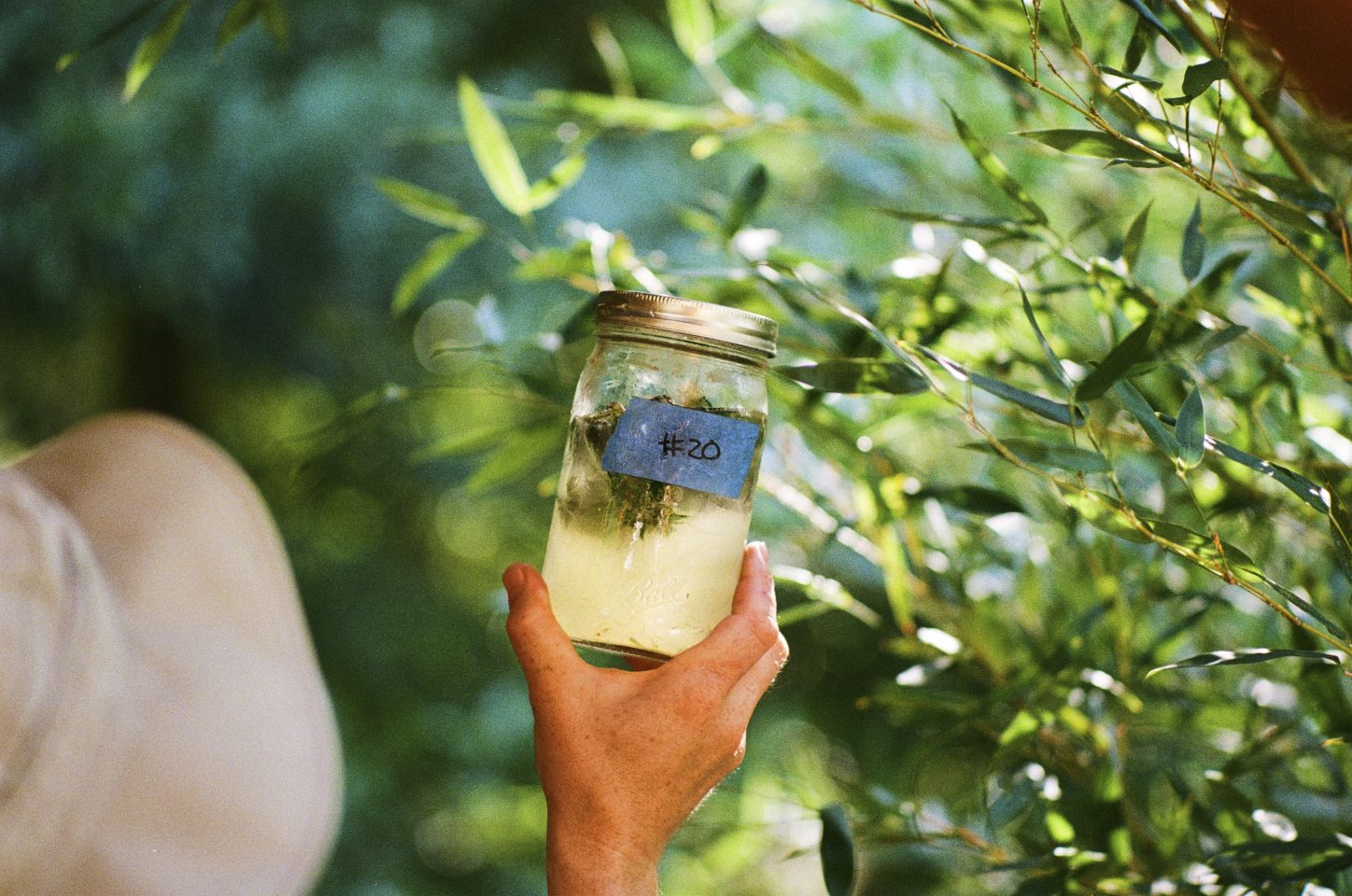
“We’re just going to let the water cool down, the bud cool down, it’s been out in the hot sun, so we’re going to bring down the temperature,” Lind says. “The trichome stalks are going to constrict a little bit, the heads are going to constrict, and we’re going to use that mechanical constriction to help remove the head from the stalk.”
The next step in the process is shaking the jars for five minutes. I grab a jar, and it begins to froth up like foam in the ocean.
“When you’re shaking it, you really want to make chaos in a jar,” Lind says.
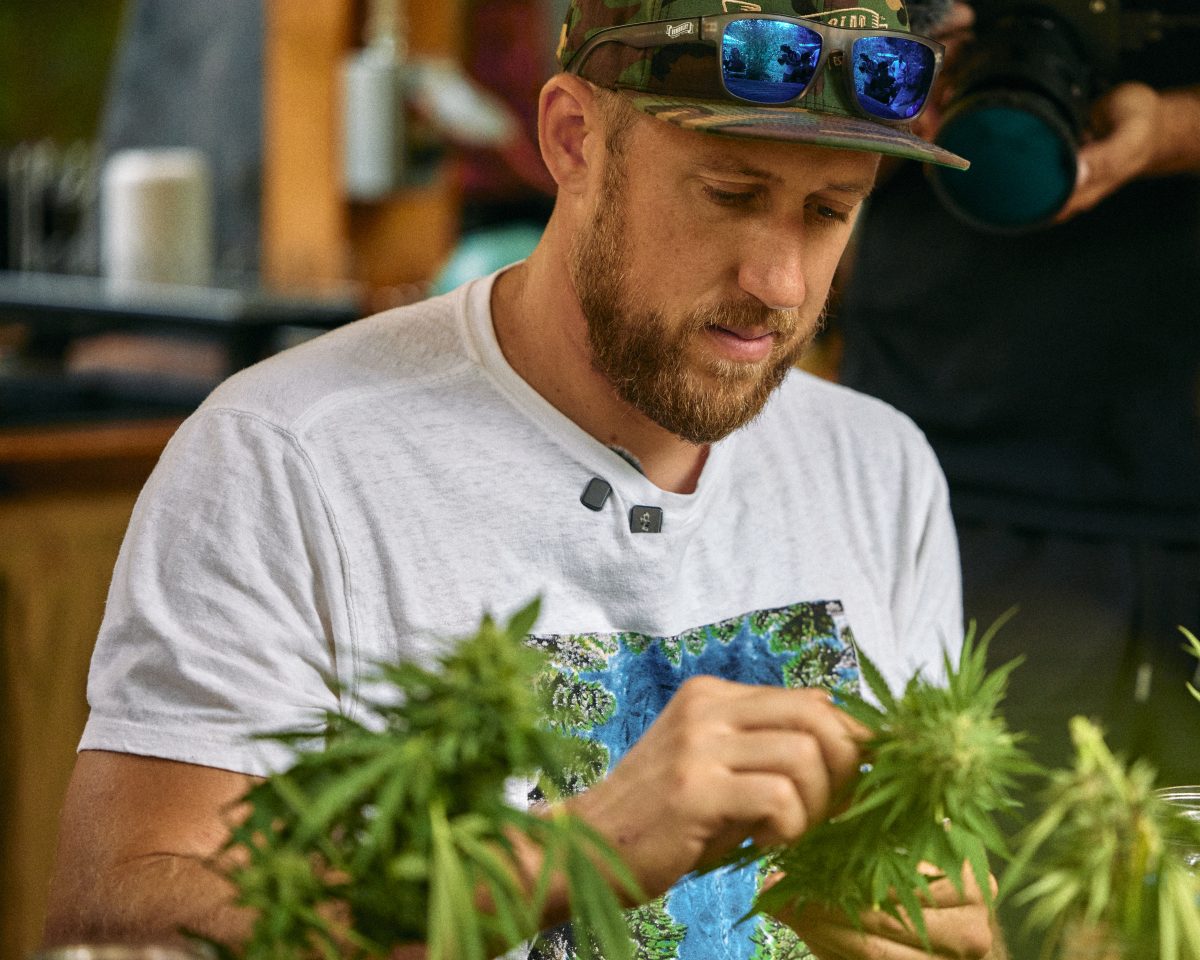
Next, we let the jars rest for 10 minutes before assessing how much hash gathers at the bottom. To see it, everyone holds their jars up to the sunlight.
“I call it a little waterfall of hash in the sky,” Lind says of watching the trichomes fall together when he tilts a jar.
The Ladies of the Evening
On the daily schedule for the phenohunt, the agenda after Casa Flor reads “depart for Grass Valley at 1 p.m. Drive will take 3.5 to 4 hours.” The travel seems almost impossible on the hot day after judging cannabis plants, followed by a feast of tacos and agua frescas, but I make my way east towards Nevada City. On the way, I pass through Clearlake, California’s largest freshwater lake, which looks beautiful but strangely deserted. Later, I learned that the lake is contaminated with mercury due to a mine that operated from the 1860s to 1957, polluting the water.
Arriving in Nevada City feels like stepping back into the past. The town was founded in 1849 as a Gold Rush camp, and its historic downtown features beautifully preserved buildings and architecture. Smoking hash on the streets of Nevada City out of a Puffco Peak with a custom glass topper that glows green makes me feel like I’m in the dystopian west depicted in Westworld, a 1973 science fiction film written and directed by Michael Crichton. We’re staying at the National Exchange Hotel, built in 1856, and as the evening closes, Lind shows us an unusual plaque in the parking lot dedicated to “the ladies of the evening,” which brings to mind the subject of our journey. Cannabis is often unacknowledged for its role in shaping the economy of California, and its flowers are triggered to bloom by the hours of uninterrupted darkness.
“To commemorate that ubiquitous segment of society who has been unacknowledged: who, though obscure, made an essential contribution to the settlement of the West,” the plaque reads.
Big Dope Valley
The next day is spent in the foothills of the Sierra Nevada Mountains on Lind’s farm in Smartsville. While Nat Pennington, the co-founder and CEO of Humboldt Seed Company’s Farm in Orleans, up north near the California/Oregon border, serves as the main processing port for producing cannabis seeds and the point at which the 2025 phenohunt began, Lind’s farm is a place to test out the strains for research and development.
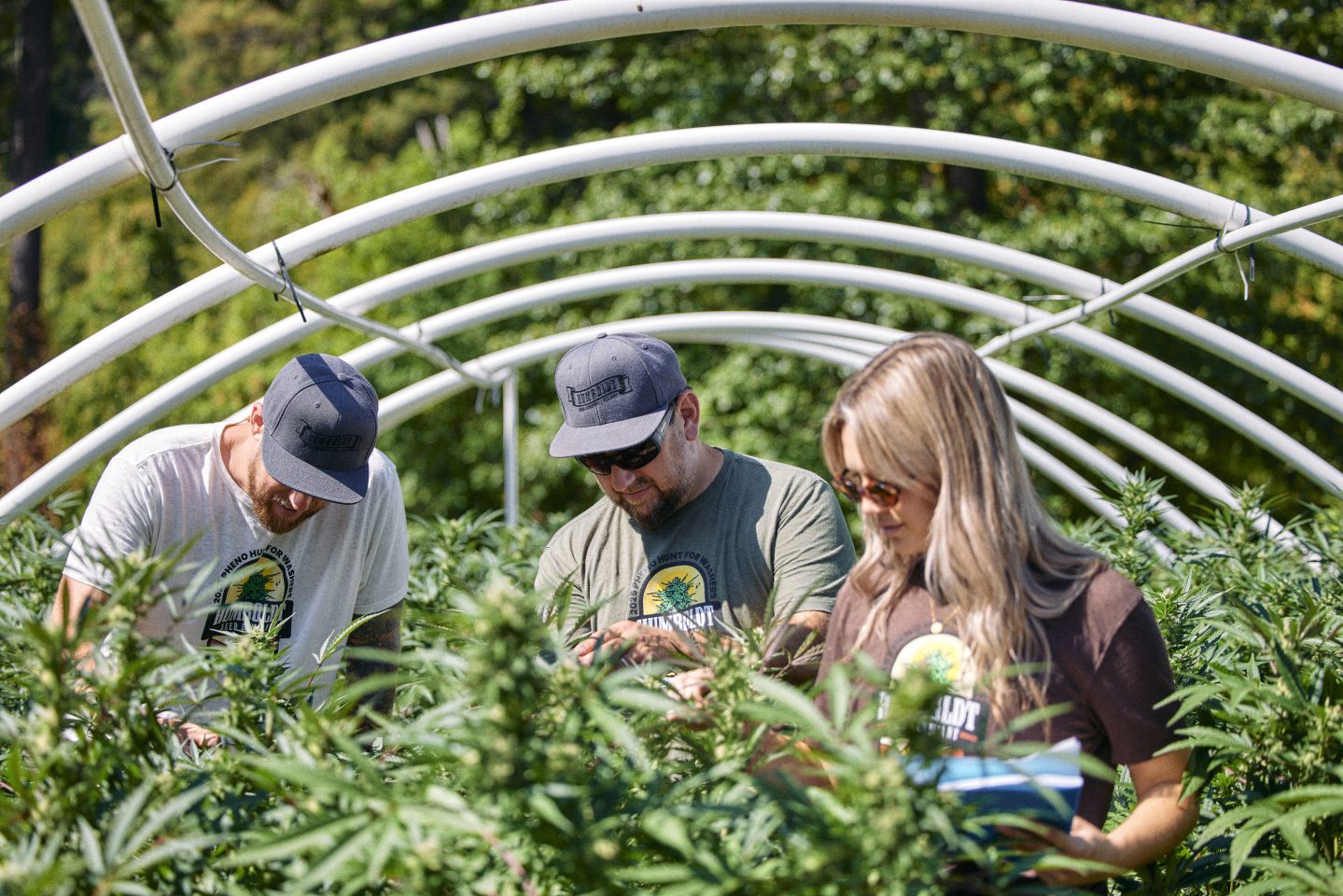
On each leg of the tour, new participants join in the hunt, feasts are served, and music and merriment occur like harvest celebrations in days of yore. Journalist David Downs tells me we are the bards, musicians like Brett McFarland who performed at Pennington’s farm are the troubadours, and cultivation expert Ed Rosenthal—who has been on the journey every step of the way—is the wise counsel.
At Lind’s farm, our group harvests flowers from a Blueberry Pancakes plant that is stunning, standing in the dappled clouds against the scenery below, an area called Big Oak Valley that the locals have coined Big Dope Valley due to the cannabis cultivation in the area. Dipping my nose into the flowers, I take in the fresh scents of blueberries reaching the peak of ripeness at the end of summer. The buds we harvest for our Blueberry Pancakes are steam-distilled into pure terpenes, which are then added to a fog machine on the outdoor dance floor and paired with whipped cream for dessert. Decadence abounds, and the evening ends with a lightning storm shooting across the sky and a light rain. In California, we call that “earthquake weather,” but one thing I’ve learned on this trip is that sometimes a little shaking can be a good thing.
Photos courtesy of Chris Romaine aka KandidKush



